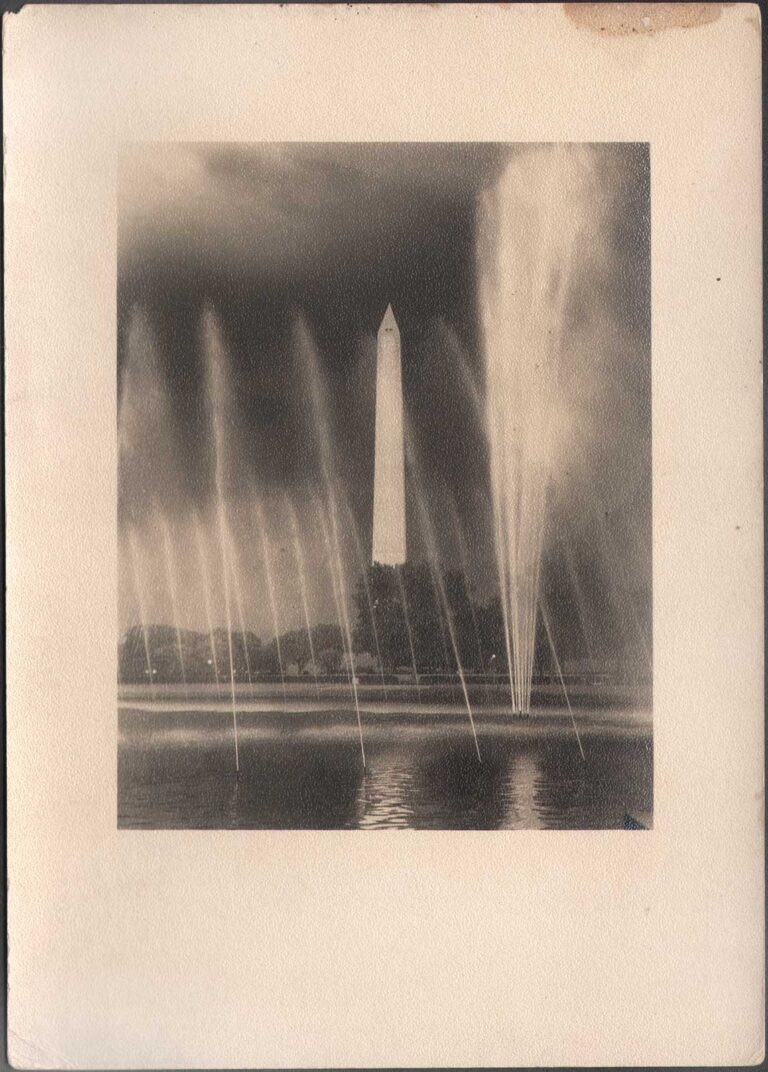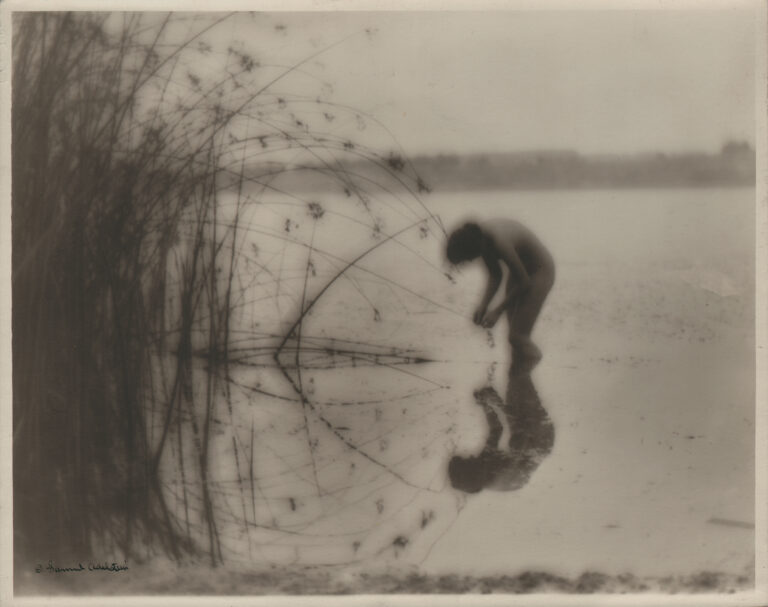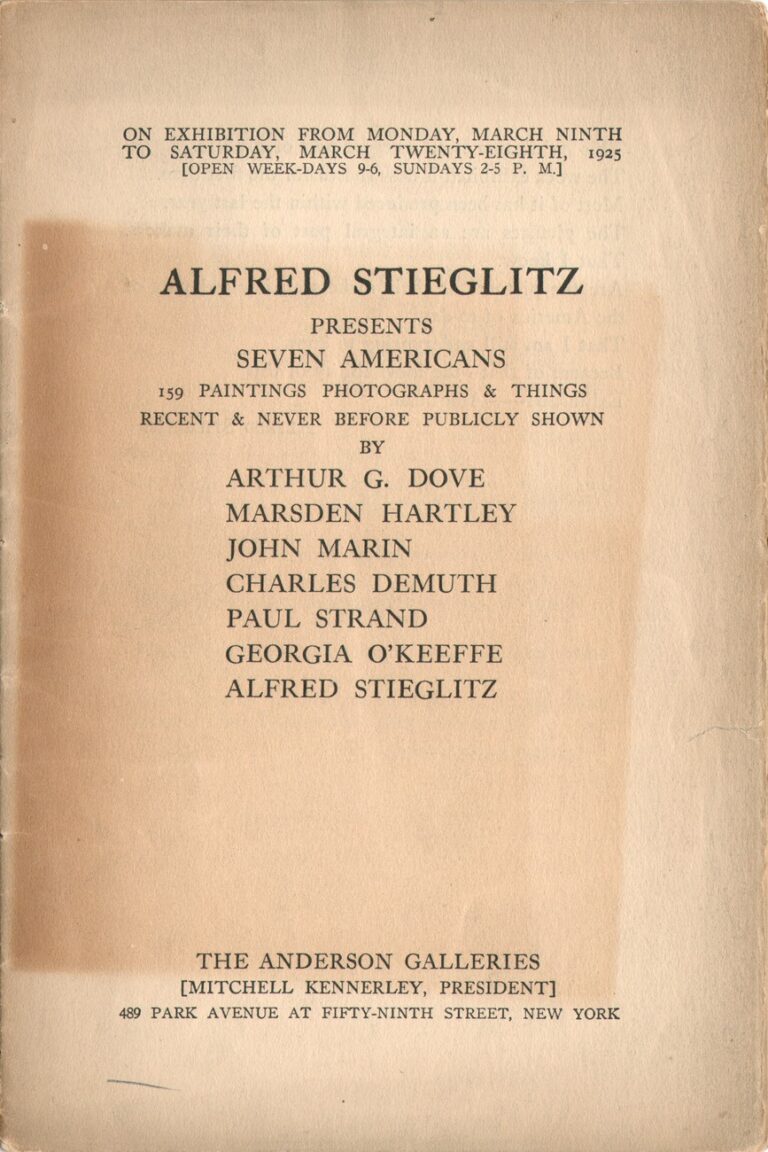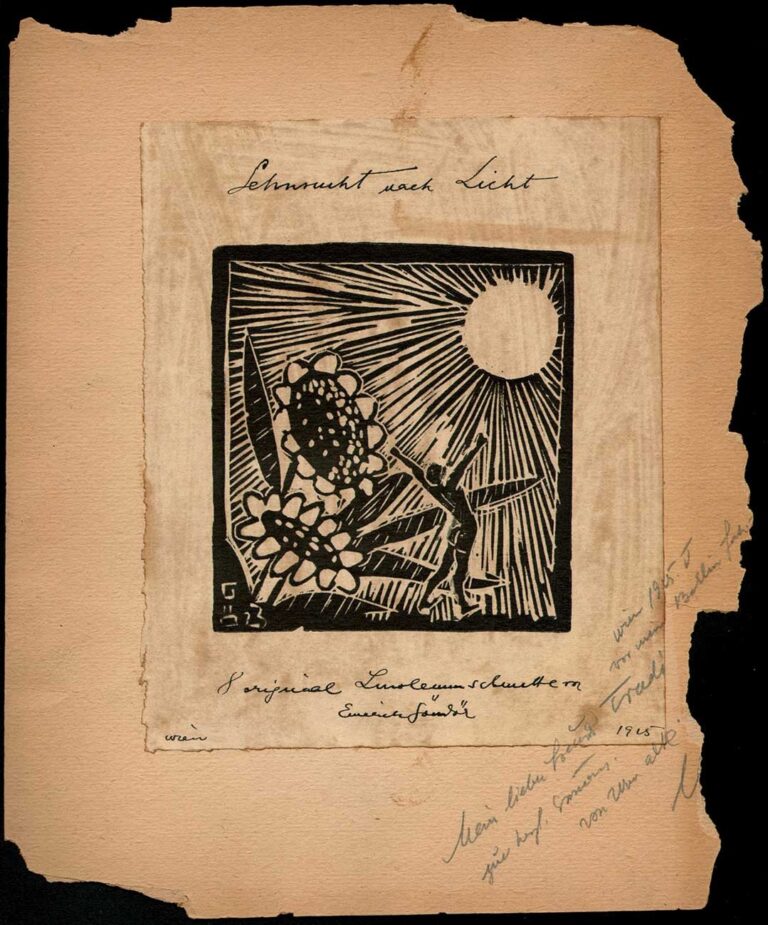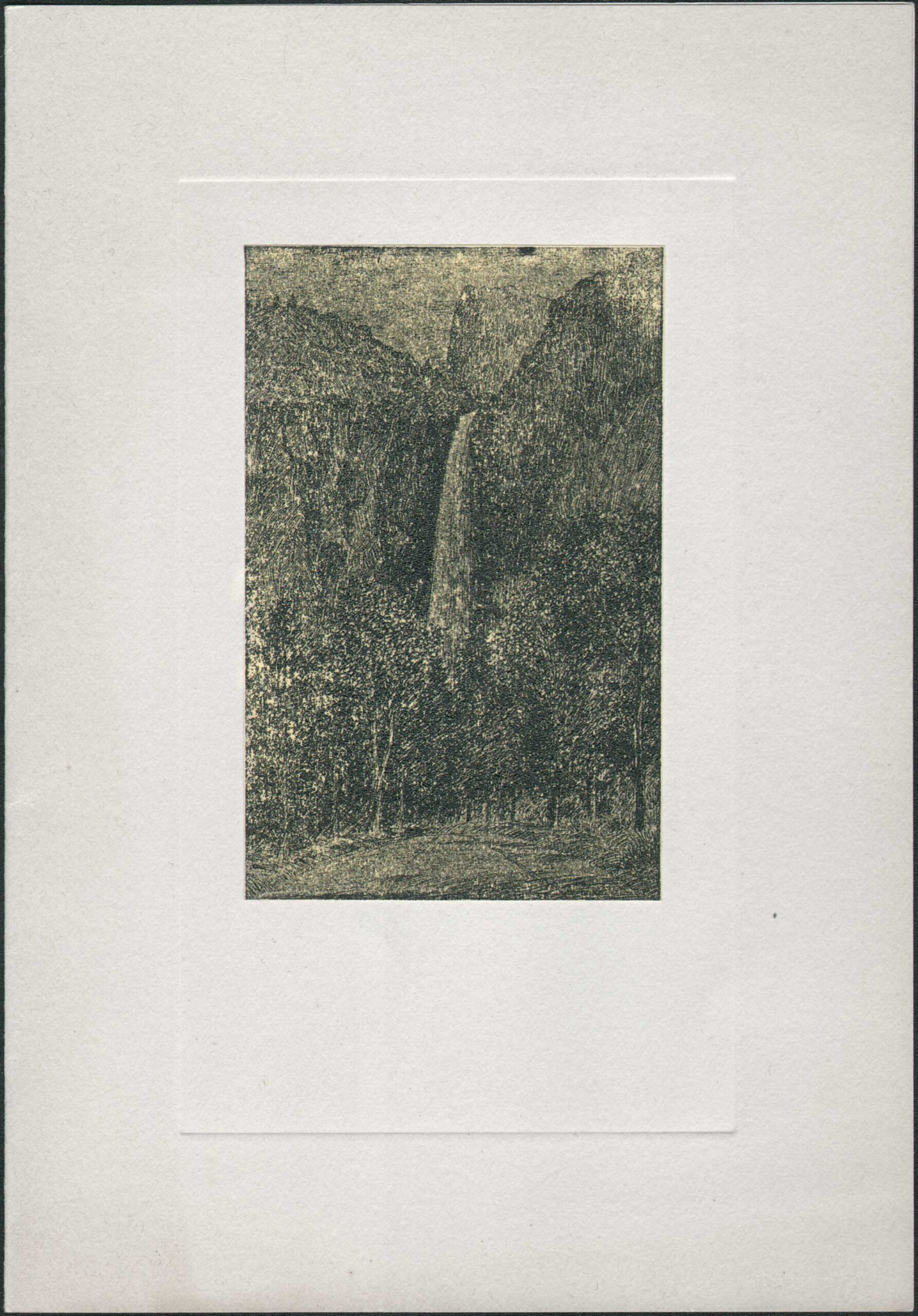
Bridal Veil Falls Greeting Card
This is a greeting card showing Yosemite Falls by Sigismund Blumann, who describes the view for the October, 1925 issue of Camera Craft writing under the pen-name of C.H. Fitzpatrick:
A brief description of the illustrations may be of interest: Yosemite is truly an artists’ and photographers’ Paradise, for nowhere in the wide world can one secure such beautiful and varied scenery in a four mile radius from a central point. Beginning with the wonderful waterfalls — Yosemite Falls in its precipitous plunge of two thousand six hundred feet is a scene of which one never tires. The forms of spray vary continually with the play of the breezes, and the effects of the shifting lights. p. 488
A specialist in alternative darkroom processes, particularly Kallitype and Bromoil, Blumann perfected his “Dry Point Etching” process and described it in lengthy articles in Camera Craft in 1925 and later in July, 1934 for his own Photo Art monthly using the aforementioned pen name.
This finished etching of Yosemite Falls as originally taken as a photograph by Blumann in the Spring of 1925. Both photo and etching were illustrated side-by-side as halftones in the October, 1925 Camera Craft article titled Making Photographs Into Dry Point Etchings. Reminiscent of an actual ink on paper intaglio etching, this example of a “Dry Point Etching” easily fools the eye, and is likely a Kallitype or bleached and toned print on Vitava E (tching) chlorobromide paper based on the process outlined below.
Dry Point Etchings
A printed photograph with little detail is first selected, and the next step is to:
“draw as much as he can on the photograph, using Higgins’ Water Proof India Ink. When this is absolutely dry the silver is completely bleached out with Bichloride of Mercury or Iodine-Iodide bleachers. The pen shading and finishing is then done with care, when the bleached and washed print has been dried.”
From here, a copy negative must then be made which is used to make the final second-generation finished (and reduced for effect) “etchings” using various grades of photographic paper:
“The method of reproducing drawings is very simple. Place drawing on wall or easel and camera on firm support exactly centering lens on drawing, making exposure on a slow copy plate by diffused daylight or electric light, and develop for contrast. In copying it is advisable to reduce the image one-third smaller than the original as a finer line is thus secured which improves the finished print. The writer prefers a buff stock, matt paper of medium grade and heavy; and has found Vitava E just right: This is a matter of choice, however, as good prints may be secured on Azo, Velox, Cyco, Kruxo, Defender, Haloid, Barston, Charcoal Black or other matt papers. Proceed as in ordinary photographic printing then tone by re-development, using whatever process you prefer. I use Royal-Re-developer with pleasing results.”
Published: Halftone: “Bridal Veil Falls- Yosemite Valley; Photo and etching by C. H. Fitzpatrick. (aka: Sigismund Blumann) Camera Craft, October 1925, p. 485
